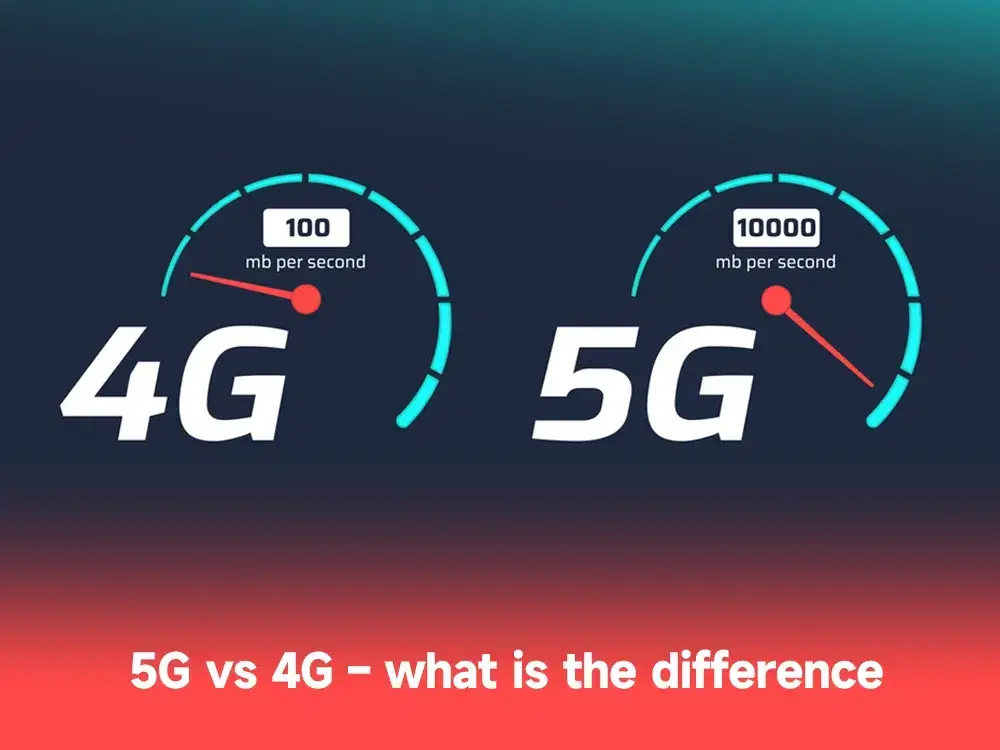Ghana is poised to introduce 5G technology within the next six months, marking a significant leap forward from the existing 4G network operated by telecommunications giants MTN Ghana and Telecel. As the world transitions from 4G to 5G, it’s essential to understand what sets these technologies apart and why 5G is considered revolutionary.
The Future of Connectivity: 5G’s Impact
Globally, 5G is already reshaping how people work, play, and stay connected. This next-generation wireless technology promises unprecedented advancements in speed, reliability, and capacity. But what exactly differentiates 5G from 4G, and why is it set to transform our digital landscape?
Network Evolution: From 4G to 5G
Each generation of cellular technology has propelled us towards faster and more reliable wireless connections. 4G introduced features like streaming video, FaceTime, and ridesharing apps, which have become integral to our daily lives. However, the increasing number of connected devices necessitates a more robust solution, which 5G aims to provide.
In the United States, an average household now boasts around 20 connected devices, from smart washing machines to doorbell cameras. Maintaining high-speed connections across these devices and supporting future innovations like self-driving cars demands the flexibility and capacity that 5G offers.
Understanding the Benefits: 4G vs 5G
Network Architecture
If you’ve ever faced slow internet in a crowded area, you’ve experienced the limitations of 4G. 5G, however, employs a more advanced architecture, transmitting data across low, mid, and high-band frequencies. High-band frequencies, or mmWave, support more data transfer in urban areas, though they’re hindered by physical barriers. Mid-band frequencies balance speed and range, while low-band frequencies enable long-distance travel, ensuring broader coverage for numerous devices.
Speed and Latency
The terms bandwidth, speed, and latency often cause confusion. Bandwidth refers to potential download rates, speed is the actual download rate, and latency is the time taken for data to travel. While 4G LTE peaks at about 100 Mbps, 5G can be up to 100 times faster, significantly reducing download times. For instance, downloading an 8K movie might take nine minutes on a 4G LTE network but just 16 seconds on a 1 Gbps 5G network.
Energy Efficiency
5G’s speed isn’t its only advantage. It also boasts improved energy efficiency, potentially reducing carbon emissions. Downloading 5,000 ultra-high-definition movies with 5G consumes the same energy as downloading 300 movies with 4G. As smart homes become more common, 5G’s lower energy consumption will be crucial.
Coverage and Connectivity
While 4G expanded coverage significantly, it still struggles in rural areas and indoors. 5G, using a wider range of frequencies, promises more reliable coverage even in densely populated regions. This means that users will experience fewer dropped calls and faster internet speeds, regardless of their location.
Transitioning to 5G: Overcoming Challenges
Infrastructure
Implementing 5G, especially mmWave, involves installing smaller cells rather than traditional large towers. Cities like Sacramento have pioneered this approach, setting the stage for widespread adoption. This new infrastructure is essential for supporting the increased data demands and ensuring consistent coverage.
Compatibility
Upgrading to 5G means phasing out older technologies like 3G. To mitigate this, carriers in some countries have offered replacement devices for outdated ones. This transition is necessary to fully harness the benefits of 5G, but it also requires consumers and businesses to invest in new hardware.
Security
With the rise of the Internet of Things (IoT), security remains a critical concern. 5G providers must address sophisticated cyber threats as the number of connected devices grows. Enhanced security measures are crucial to protect personal data and ensure the integrity of connected systems.
Real-World Implications: The Promise of 5G
Experts predict rapid growth for 5G, with up to 5 billion subscriptions by 2028. This growth will impact everyday life, from smarter homes to more connected cities.
Smarter Homes
Future homes will likely be fully integrated with connected devices, requiring the high speed and low latency of 5G to function seamlessly. Smart thermostats, security systems, and appliances will all benefit from the enhanced connectivity.
Smarter Cities
Cities adopting 5G technology can leverage real-time data for improved services. Cary, North Carolina, for example, uses 5G-enabled devices to monitor various municipal functions, aiding in planning and decision-making. This can lead to more efficient public transportation, better traffic management, and enhanced public safety.
The Future of 5G
While 5G’s rollout poses challenges, its benefits are set to revolutionize connectivity and daily life. As we transition to this new era, the potential for a more connected, efficient, and smart world is within reach. The introduction of 5G in Ghana will open new possibilities for innovation and development, transforming how we live and work.
In conclusion, the 5G vs 4G debate highlights the substantial advancements brought by 5G technology. From faster speeds and lower latency to improved energy efficiency and broader coverage, 5G is poised to redefine our digital experiences. As we move forward, embracing this technology will be crucial for staying connected in an increasingly digital world.

